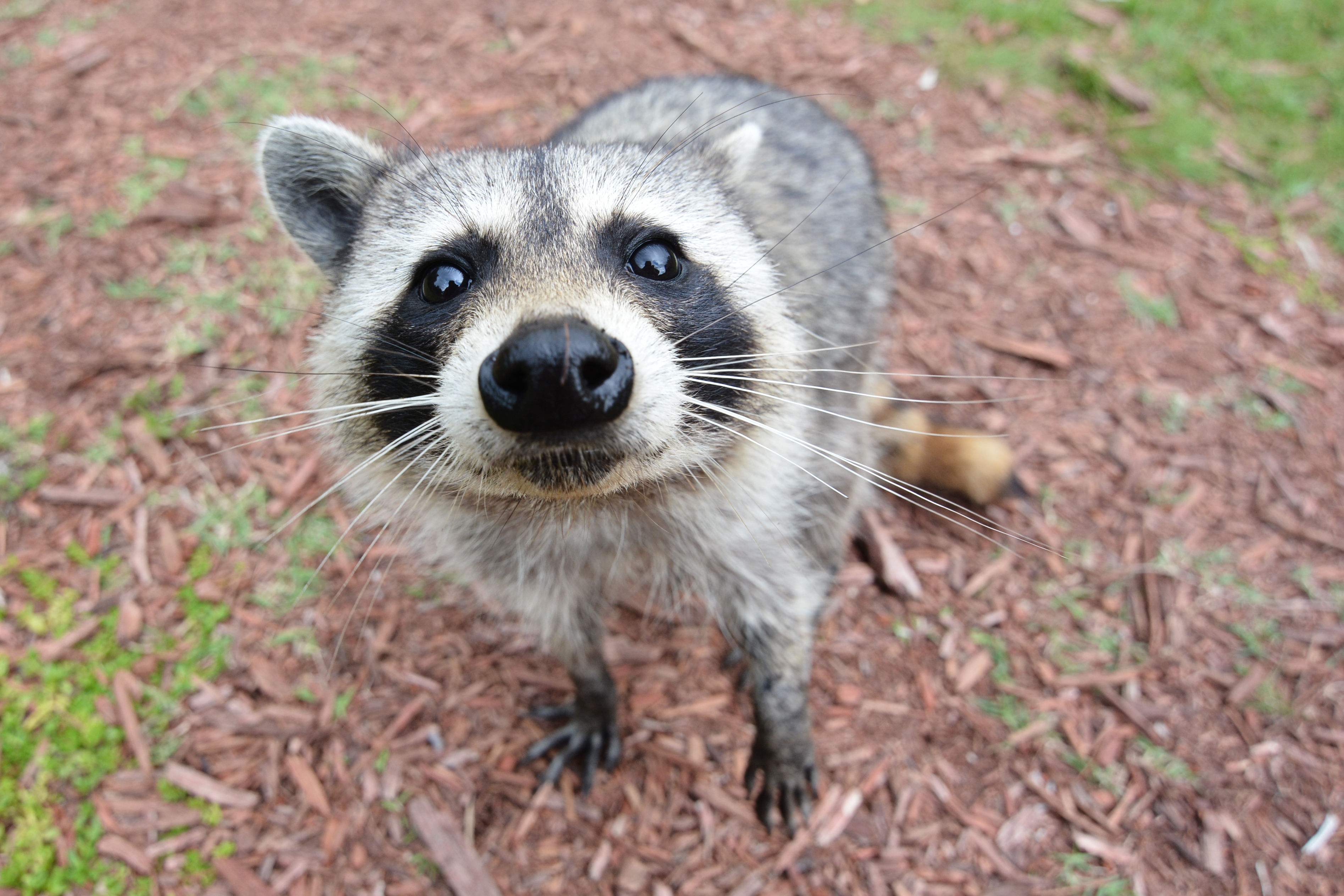This week we had the charity fair. My partner was Elizabeth Felchlin. We worked well together. Our charity was SHCS. Sacred Heart Community Service helps by gathering special things that the homeless need to survive. They gather food and clothes and other things. Sacred Heart has a volunteer service where you can spend some of your Saturday to come in and just help put together meals, or fold outfits or clean up all around so others can work. I have actually been to the volunteer service a couple of times, so this is why I thought this would be such a great charity to choose.
Backward looking: How much did you know about the subject before we started?
Last year I was at the charity fair and I knew a little bit about what to do this year because this charity fair was different from last year’s charity fair.
Inward looking: What did/do you find frustrating about it?
I found the ignite presentation about the charity frustrating. I started with some pictures that I didn’t like and then after my first practice round, I changed them. But they kept changing back to the ones that I didn’t like. So that’s what I found very frustrating.
Outward looking: If you were the teacher, what comments would you make about this piece?
If I were the teacher I would say ‘This may not have been your best work. What can you do better? What did you think you did well?’ Because it wasn’t my best work. I could’ve spent more time on my Ignite presentation so it could’ve been better.
Forward looking: One thing I would like to improve upon is …
My Ignite. As I said, that was the hardest part.




